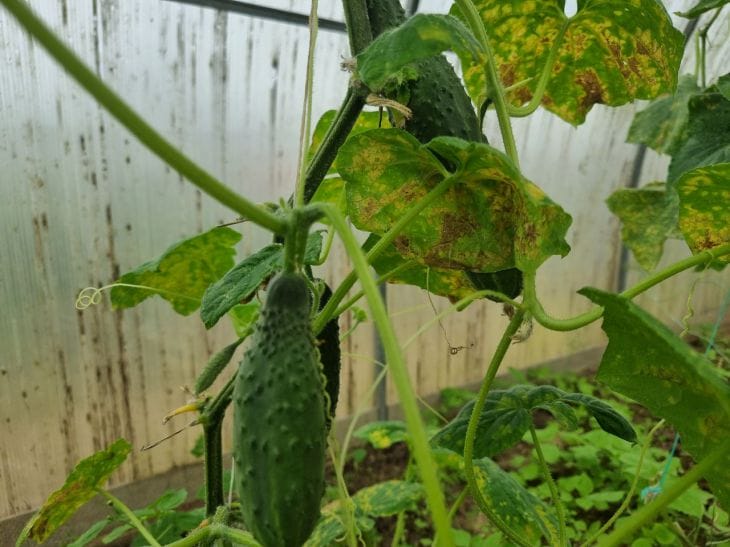You water the beds every day, loosen the soil and wait for the first fruits to appear.
But instead of juicy tomatoes and crispy cucumbers, you see wilted leaves and rotting ovaries. Sound familiar? You may be making mistakes that are turning your garden into an ecological disaster zone.
And the worst thing is that these mistakes seem innocent until it’s too late.

The first mistake is overwatering. It seems that there is no such thing as too much water, but the roots of plants suffocate without oxygen. Fungi multiply in wet soil, which kills the root system.
Check the soil with your finger: if it is damp at a depth of 2 cm, put the watering can aside.
The second trap is the wrong neighborhood. For example, potatoes and tomatoes planted next to each other attract Colorado beetles and late blight. And parsley growing next to lettuce slows its growth.
The third enemy is fertilizers "by eye". Hunched backs over the beds and thoughts "the more, the better" lead to root burns. Excess nitrogen causes rapid growth of greenery to the detriment of fruits. The fourth mistake is ignoring crop rotation.
If you plant cucumbers in the same place year after year, the soil becomes depleted and diseases accumulate. The fifth mistake is fighting weeds in the middle of summer. Weeding after the rain seems easy, but the roots of weeds remain in the ground. Destroy them in the spring before they get stronger.
How to save the harvest? Start with a soil test – buy test strips at the store. Plant crops according to compatibility rules: for example, basil will protect tomatoes from pests, and garlic will scare away aphids from roses.
Fertilize only according to the instructions and alternate organic with mineral fertilizers. And remember: a garden is not a race, but a marathon. Sometimes it is better to use less, but wisely.
